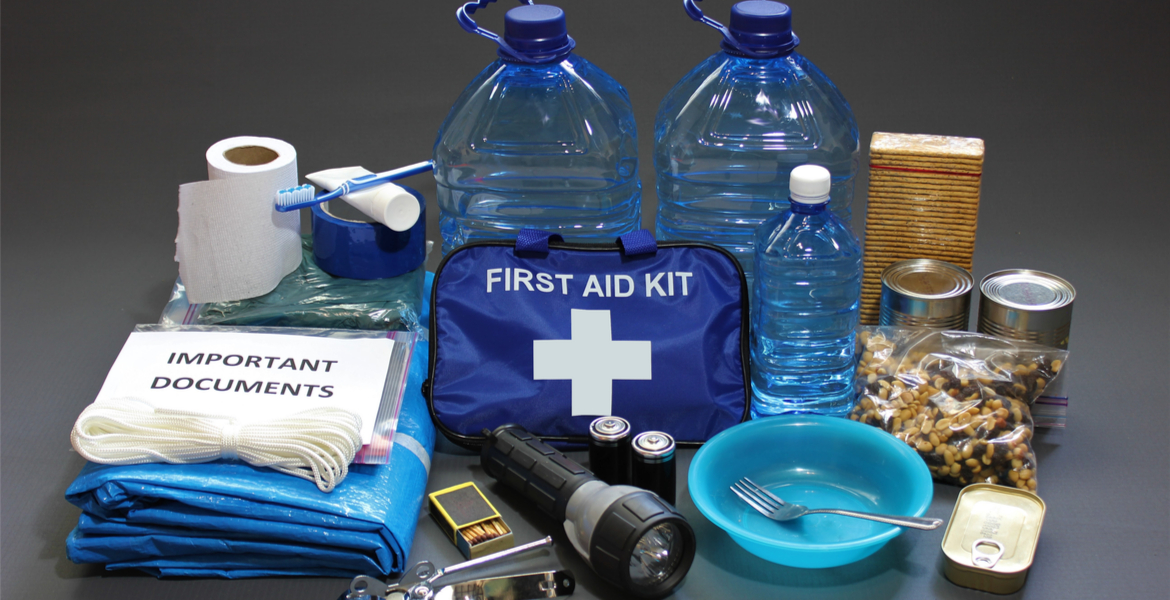
Emergency kit is vital for storm preparation
Tuesday, May 26, 2020
Oklahoma is known for tornado season, and being prepared with an emergency kit filled with essentials can make the first days following a storm a little easier.
Gina Peek, Oklahoma State University Extension consumer and housing specialist, said preparation means having your own food, water and other supplies to last at least 72 hours.
“Preparing a disaster kit ahead of time is vital. When the storm sirens are blaring, it is not the time to begin gathering needed supplies,” Peek said.
The first step is to select a container for supplies, such as a sturdy backpack, a plastic tote with a lid or even a small. The container needs to be something that is portable and can be grabbed quickly on the way to your shelter.
Next, begin assembling supplies. Peek said some necessities include a flashlight with extra batteries, battery-operated weather radio, cell phone with charger and backup battery, first aid kit, whistle, plastic trash bags, moist towelettes, manual can opener and three days’ worth of food and water. Also include paper goods such as cups, plates, bowls and plastic utensils.
Be sure to consider the individual needs of everyone likely to seek shelter.
“Diapers, wipes, formula, bottles, medications, prescription glasses, pet food and extra water are needed items. Include a small toy, books or games for young children, as these can bring comfort to youngsters who may be scared,” she said. “If possible, include a sleeping bag or warm blanket for each person, as well as a change of clothes. Since spring of 2020, the Centers for Disease Control and Prevention also recommends emergency kits to include cloth face coverings, soap, hand sanitizer and disinfecting wipes.”
Peek said to include important family documents such as copies of insurance policies and identification.
Once the kit is assembled, keep it in a place that is easily accessible – not in the back of a closet. She also said it is important to keep the kit updated each year. Replace batteries and food items as needed.
“Keep in mind storms can happen at any time during the day or night. You may not always be home when a storm strikes,” Peek said. “Keep small emergency kits at your place of work and in your car. Hopefully you won’t ever have to use the kit, however, it’s a good idea to be prepared no matter where you are.”
MEDIA CONTACT: Trisha Gedon | Agricultural Communications Services | 405-744-3625 | trisha.gedon@okstate.edu
